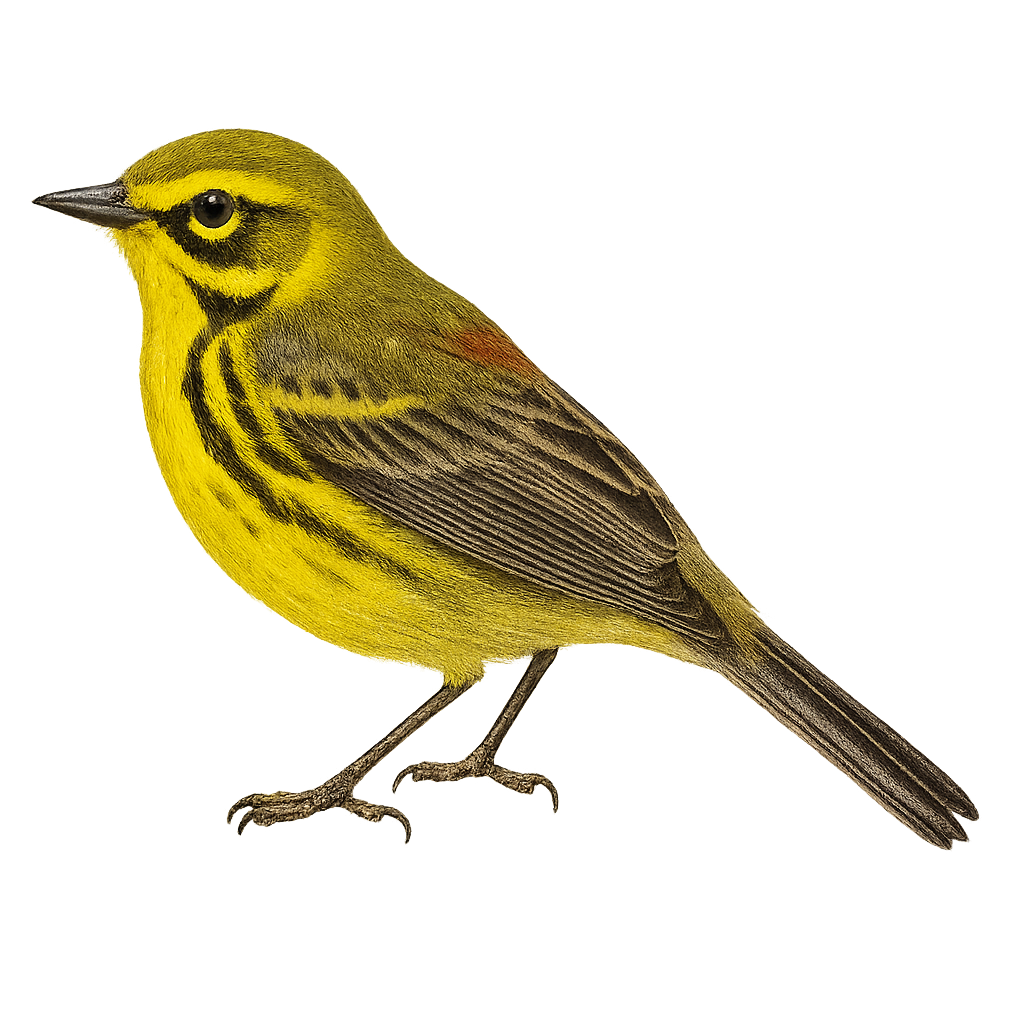Your wildlife photography guide.
Explore the prairie warbler in detail, study its behavior, prepare your shots.
Where to observe and photograph the prairie warbler in the wild
Learn where and when to spot the prairie warbler in the wild, how to identify the species based on distinctive features, and what natural environments it inhabits. The WildlifePhotographer app offers tailored photography tips that reflect the prairie warbler’s behavior, helping you capture better wildlife images. Explore the full species profile for key information including description, habitat, active periods, and approach techniques.
Prairie Warbler
Scientific name: Setophaga discolor

IUCN Status: Least Concern
Family: PARULIDAE
Group: Birds
Sensitivity to human approach: Suspicious
Minimum approach distance: 10 m
Courtship display: April to June
Incubation: 12-13 jours
Hatchings: April to July
Habitat:
Open woodlands, scrublands, wetlands
Activity period :
Primarily active during the day, with peak activity in the morning and late afternoon.
Identification and description:
The Prairie Warbler, Setophaga discolor, is a small songbird belonging to the Parulidae family. It is easily identified by its bright orange throat, olive-green back, and distinctive black streaks on its flanks. Males display more vibrant colors than females, especially during the breeding season. This passerine primarily inhabits open woodlands, scrublands, and wetlands in the southeastern United States. A migratory bird, it winters in the Caribbean and Central America. Its song is a soft, melodious trill, often heard in spring. The Prairie Warbler feeds mainly on insects and small spiders, which it catches by flitting agilely among branches.
Recommended lens:
400 mm – adjust based on distance, desired framing (portrait or habitat), and approach conditions.
Photography tips:
To photograph the Prairie Warbler, choose sunny mornings when the light is soft. Use a 400mm or longer telephoto lens to capture details without disturbing the bird. Look for areas where warblers are active, such as forest edges or scrublands. Be patient and discreet, as these birds can be suspicious. A tripod can help stabilize your camera for sharp shots. Finally, listen for their distinctive song to locate their presence.
The WildlifePhotographer App is coming soon!
Be the first to explore the best nature spots, track rutting seasons, log your observations, and observe more wildlife.
Already 1 432 wildlife lovers subscribed worldwide

